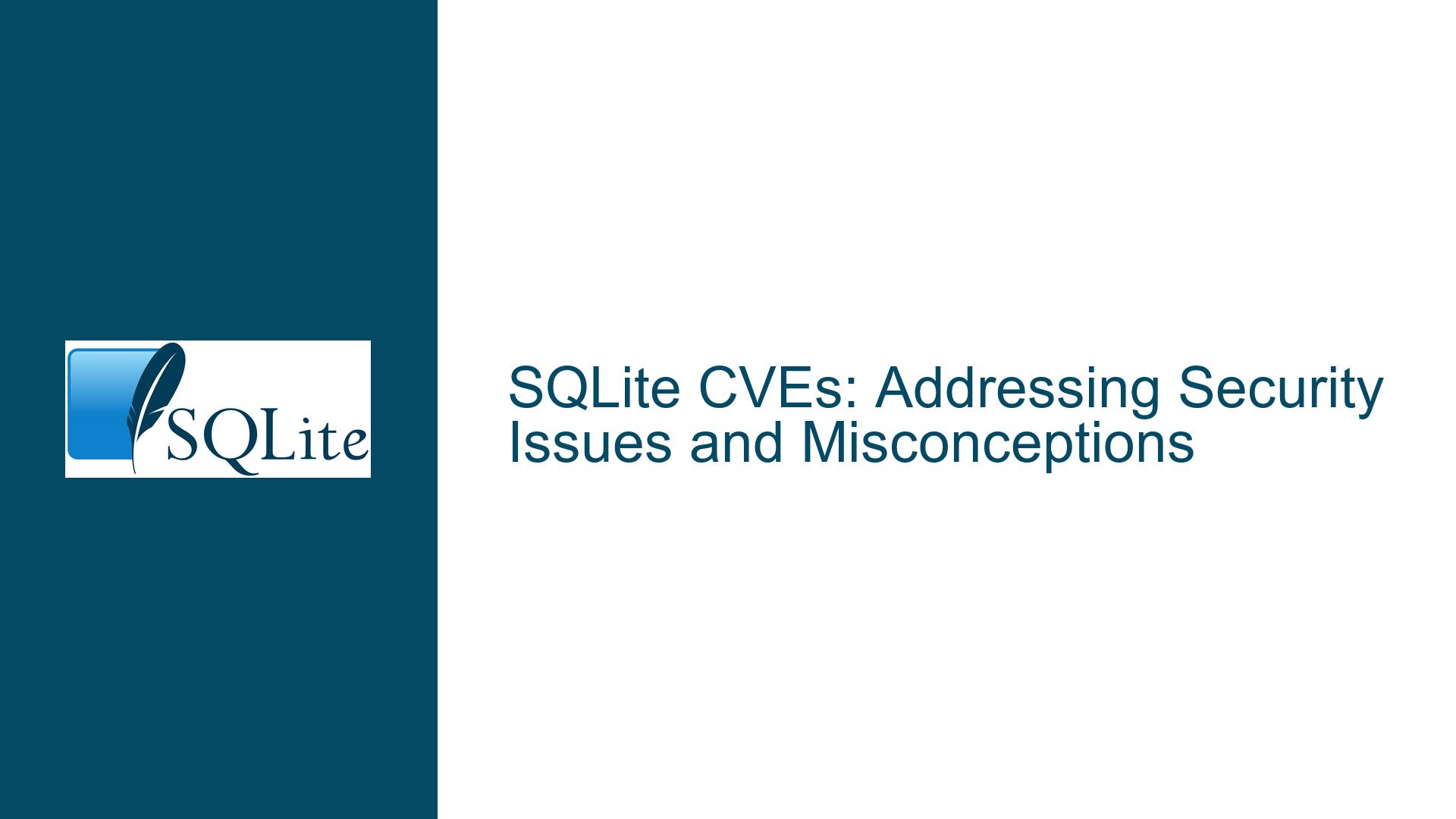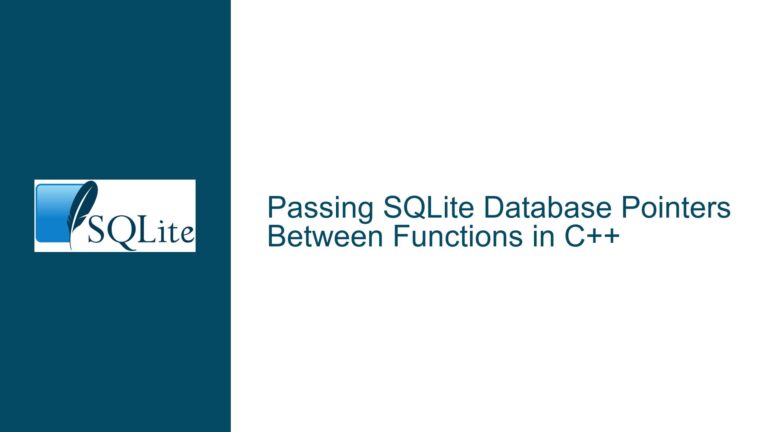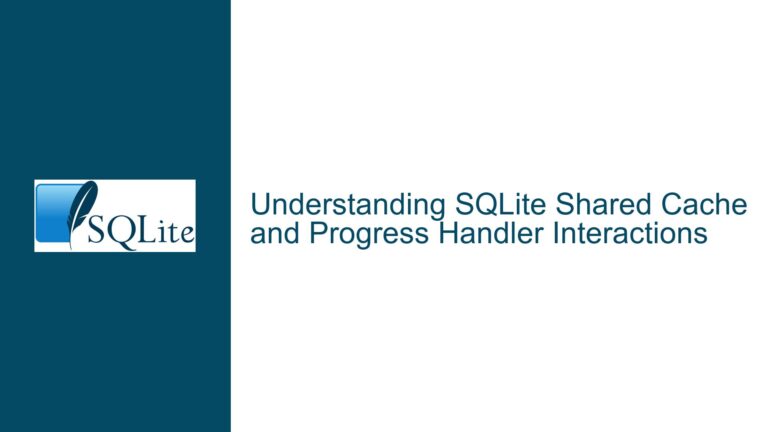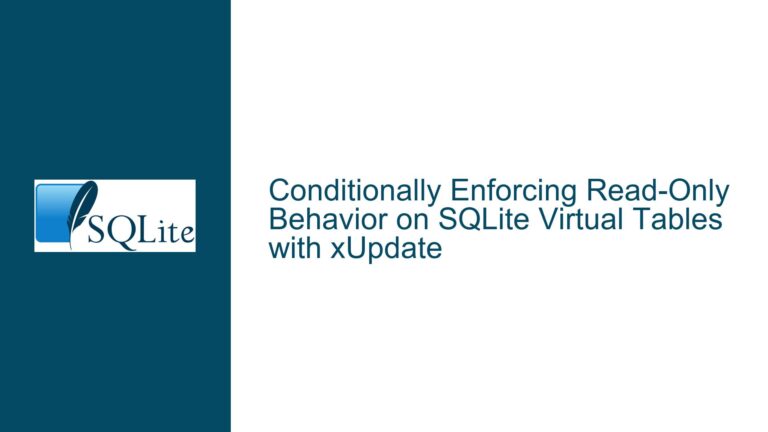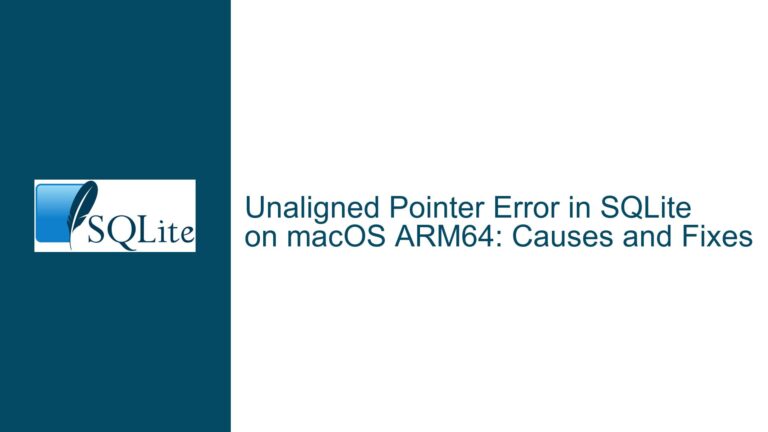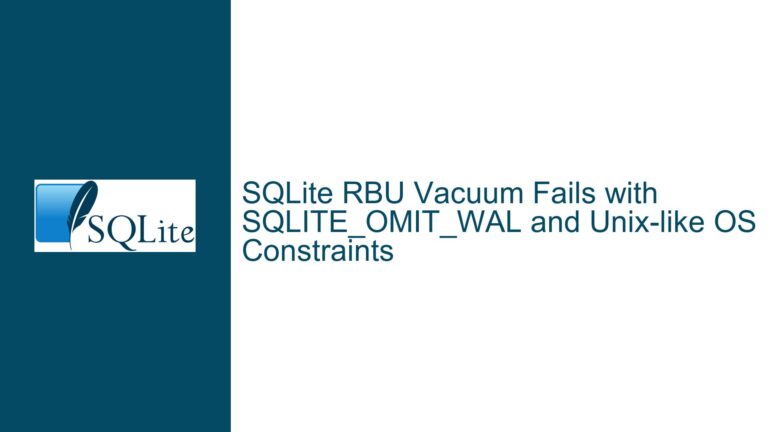SQLite CVEs: Addressing Security Issues and Misconceptions
SQLite Security Vulnerabilities and CVE Misreporting
SQLite, a widely-used embedded database engine, has faced numerous reported Common Vulnerabilities and Exposures (CVEs) over the years. These CVEs often stem from misunderstandings about SQLite’s architecture, its intended use cases, and the context in which vulnerabilities are discovered. Many of these reported vulnerabilities are either irrelevant to production builds, require unrealistic preconditions, or are based on development versions of SQLite that were never officially released. This post delves into the core issues surrounding SQLite CVEs, their implications, and how the SQLite community can better address and contextualize these reports.
Interrupted Write Operations Leading to Index Corruption
One of the recurring themes in SQLite CVEs is the assumption that an attacker can inject arbitrary SQL into the database. This assumption is often the foundation of reported vulnerabilities, but it overlooks the fact that SQLite is designed to be embedded within applications that control access to the database. In most cases, SQLite is not exposed directly to untrusted users, and the application layer is responsible for sanitizing inputs and managing database interactions. When CVEs are reported, they frequently ignore this critical layer of defense, leading to exaggerated claims about the severity of the vulnerabilities.
For example, CVE-2019-19959 describes a vulnerability that could allow an attacker to execute arbitrary SQL. However, this vulnerability is only exploitable if the application itself has an SQL injection flaw. In other words, the vulnerability exists not in SQLite itself but in the application’s failure to properly sanitize inputs. This distinction is crucial because it shifts the responsibility for security from the database engine to the application developer. SQLite provides robust mechanisms for preventing SQL injection, such as parameterized queries and prepared statements, but it is ultimately up to the application to use these features correctly.
Another common issue is the reporting of vulnerabilities in development or debug builds of SQLite. For instance, CVE-2020-11656 describes a use-after-free error that only occurs in builds compiled with the -DSQLITE_DEBUG flag. This flag is typically used during development to enable additional debugging features and is not present in production builds. As a result, the vulnerability has no impact on the vast majority of SQLite deployments. However, the CVE report does not make this distinction clear, leading to unnecessary concern among users.
Implementing PRAGMA journal_mode and Database Backup
To address the confusion surrounding SQLite CVEs, the SQLite community has taken several steps to provide clarity and context. One of the most important measures is the creation of a dedicated page on the SQLite website that outlines the current status of all known CVEs from the perspective of the SQLite developers. This page includes a table that lists each CVE, its description, and the SQLite team’s assessment of its severity and relevance. For example, the table might include entries such as:
| CVE ID | Description | SQLite Assessment |
|---|---|---|
| CVE-2020-11656 | Use-after-free error in debug builds | Only affects builds with -DSQLITE_DEBUG enabled; no impact on production builds |
| CVE-2019-19959 | Arbitrary SQL execution via SQL injection | Requires application-level SQL injection; not a vulnerability in SQLite itself |
| CVE-2019-19317 | Bug in development branch; never released | Fixed before release; no impact on any official SQLite version |
This table serves as a valuable resource for users who need to assess the impact of CVEs on their SQLite deployments. It also helps to dispel misconceptions about the severity of certain vulnerabilities by providing clear, concise explanations of their context and implications.
In addition to the CVE status page, the SQLite community has also emphasized the importance of proper database configuration and backup practices. For example, the PRAGMA journal_mode command can be used to configure SQLite’s journaling behavior, which can help to prevent data corruption in the event of a crash or power failure. By setting the journal mode to WAL (Write-Ahead Logging), users can improve the durability and performance of their SQLite databases. Similarly, regular database backups can help to mitigate the impact of potential security incidents by ensuring that data can be quickly restored in the event of a breach or corruption.
The SQLite community has also engaged with organizations like MITRE to improve the accuracy and relevance of CVE reports. While this process can be challenging due to the opaque nature of CVE reporting, the community has made progress in correcting misinformation and providing additional context for reported vulnerabilities. For example, the community has worked to clarify that certain CVEs only affect debug builds or require specific preconditions that are unlikely to be met in real-world deployments.
In conclusion, while SQLite CVEs can be a source of concern for users, it is important to approach them with a critical eye and an understanding of the context in which they are reported. By focusing on proper application design, database configuration, and backup practices, users can mitigate the risks associated with these vulnerabilities. The SQLite community’s efforts to provide clarity and context around CVEs are an important step towards ensuring that users have the information they need to make informed decisions about their database security.
